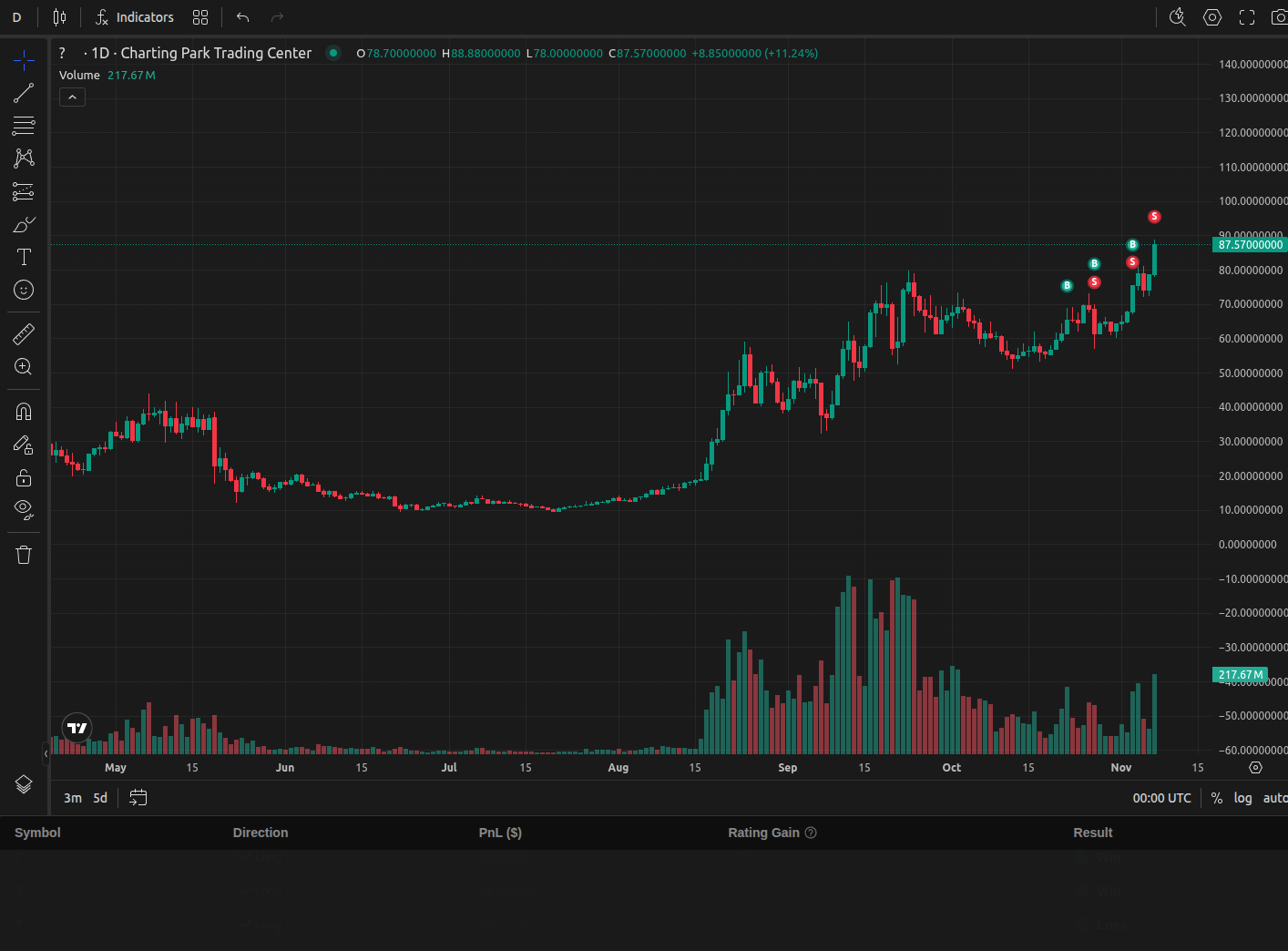Best Ways to Practice Price Action Trading
Learn what price action trading is, how it differs from indicators, and discover practical ways to practice it effectively.
What is Price Action Trading?
Price action trading is a trading approach that focuses on interpreting the raw movement of price on a chart without relying heavily on lagging indicators. Traders who use price action look at candlestick patterns, support and resistance levels, and market structure to make decisions. This method is often favored for its simplicity and its ability to capture the psychology of buyers and sellers directly from the chart.
How Price Action Differs from Indicator-Based Trading
Many traders rely on technical indicators such as moving averages, RSI, or MACD. While these tools can be useful, they are derivatives of price and often lag behind real market moves. In contrast, price action traders believe the chart itself contains all the information needed to trade effectively. By studying price swings, trendlines, and consolidation zones, they aim to understand the immediate balance of supply and demand.

Example of a chart without indicators, where traders use only the bars to interpret price action.
Example of a Price Action Setup
Imagine the price of Bitcoin has approached a strong resistance level it failed to break multiple times in the past. A price action trader observes a rejection candle forming at that level (such as a bearish pin bar). This candlestick pattern suggests that sellers are defending the resistance zone. The trader might then decide to enter a short trade with a stop loss above the resistance and a target at the next support level. No moving averages or oscillators are required—just the raw story told by the candlesticks.
Best Ways to Practice Price Action Trading
- Chart Replay: Use platforms that allow you to replay historical charts and test how you would have responded to price movements.
- Simulated Trading Sessions: Practice entering and exiting trades without risking real money. Focus on execution discipline and journaling your trades.
- Drill Exercises: Choose a specific skill, such as spotting breakouts or trading pullbacks, and practice it repeatedly until consistent.
- Review and Reflect: Regularly analyze both your winning and losing trades to identify patterns in your decision-making.
Why ChartingPark is Perfect for Practicing Price Action
Practicing price action effectively requires a simulator that provides both realism and speed. ChartingPark offers exactly this through its fast-forward trading environment. Instead of waiting hours or days for trades to play out, you can simulate weeks of market activity in minutes. The platform integrates TradingView charts, so you can analyze candlestick patterns, trendlines, and support/resistance zones just as you would in real markets. Every trade comes with immediate feedback, helping you refine your execution and risk management. For a deeper explanation of how the simulation engine works, see our detailed guide on How ChartingPark Works.
Unlike traditional demo accounts or paper trading, ChartingPark structures your practice with rated and drill sessions, leaderboards, and challenges—making it easy to stay consistent while improving your technical skills.
Conclusion
Price action trading is a powerful method for understanding market psychology and trading with clarity. To master it, traders need structured and repeated practice. By using a simulator like ChartingPark, you can sharpen your skills, test setups, and build confidence—without risking real capital.